The Mountain Equipment Xenith III is a sleeping bag that combines low weight, excellent warmth, and smart design. It's expensive, but we'd say that for demanding users, the expense is justified. For us, this is undoubtedly 2025’s top three-season down bag so far.
British outdoor stalwart Mountain Equipment has plenty of heritage when it comes to manufacturing top-end down gear, from jackets to sleeping bags. In fact, specialist down bags were where the brand began back in 1961.
So, when it announced a new range of ‘Extreme Light’ down bags, built with ultralighters and mountaineers in mind, we were keen to test one out in the mountains.
The Xenith series actually consists of three models: the Xenith I, the Xenith II bag and the Xenith III bag, roughly rated down to temps of 5°C, 1°C and -7°C respectively. That makes the Xenith III the warmest option, and the only one that can really be classed as a full three-season sleeping bag – especially if you’re wild camping higher up in the hills in the so-called ‘shoulder seasons’ of spring and autumn.
Impressively, however, even the Xenith III weighs in at just 690g/1lb 5oz in the regular size (there’s also a long length available for those of you who are 183cm/6ft plus).
All the Xenith bags and quilts use ultra-premium 900-fill power down. And if they look a bit familiar, even down to the striking ‘Merlot red’ colourways, that’s because they also make use of a recent Mountain Equipment innovation: the superlight 10D Plasma shell fabric that we first saw in the innovative Oreus synthetic jacket.
Pros
- Premium 900 fill power down
- Superb warmth for weight
- Light and packable
- Draught collar and hood drawcord
- Full-length zipper
- Two lengths available
Cons
- Expensive
- Down fill is not hydrophobic
| RRP: | £550 / $679.95 |
| Sizes: | Regular, long |
| Packed size: | 25x16cm |
| Weight: | 690g / 1lb 8oz (reg) |
| Insulation: | 373g of 900 fill power 90/10 European goose down |
| Materials: | 10D Plasma ripstop nylon fabric (PFAS-free DWR) |
| Temperature rating: | Comfort -2°C, limit -8°C |
These materials ensure that the Xenith offers maximum warmth for minimal weight. It’s extremely packable too. But plenty of attention has been paid to overall construction.
For example, the Xenith III features box wall longitudinal chest baffles and slanted main body baffles to keep the fill exactly where it’s needed for greatest thermal efficiency. It’s a level of complexity normally only found on much more substantial winter or expedition bags.
In addition, the Mountain Equipment Xenith III sleeping bag is surprisingly comfortable, not to mention practical and versatile. Most ultralight bags have a highly tapered mummy-style fit, with short half zips and simplified hoods and foot boxes (the otherwise excellent Big Agnes Fly Creek UL25 is a good example).
While this approach is fine for low-level thru-hiking, it’s not so ideal for mountain use, as it compromises comfort and functionality. In contrast, the Xenith III has a full length, high-quality zip as well as a multi-panelled footbox, hood and integrated draught collar. And the fit, while fairly trim, doesn’t feel overly confined or restrictive.
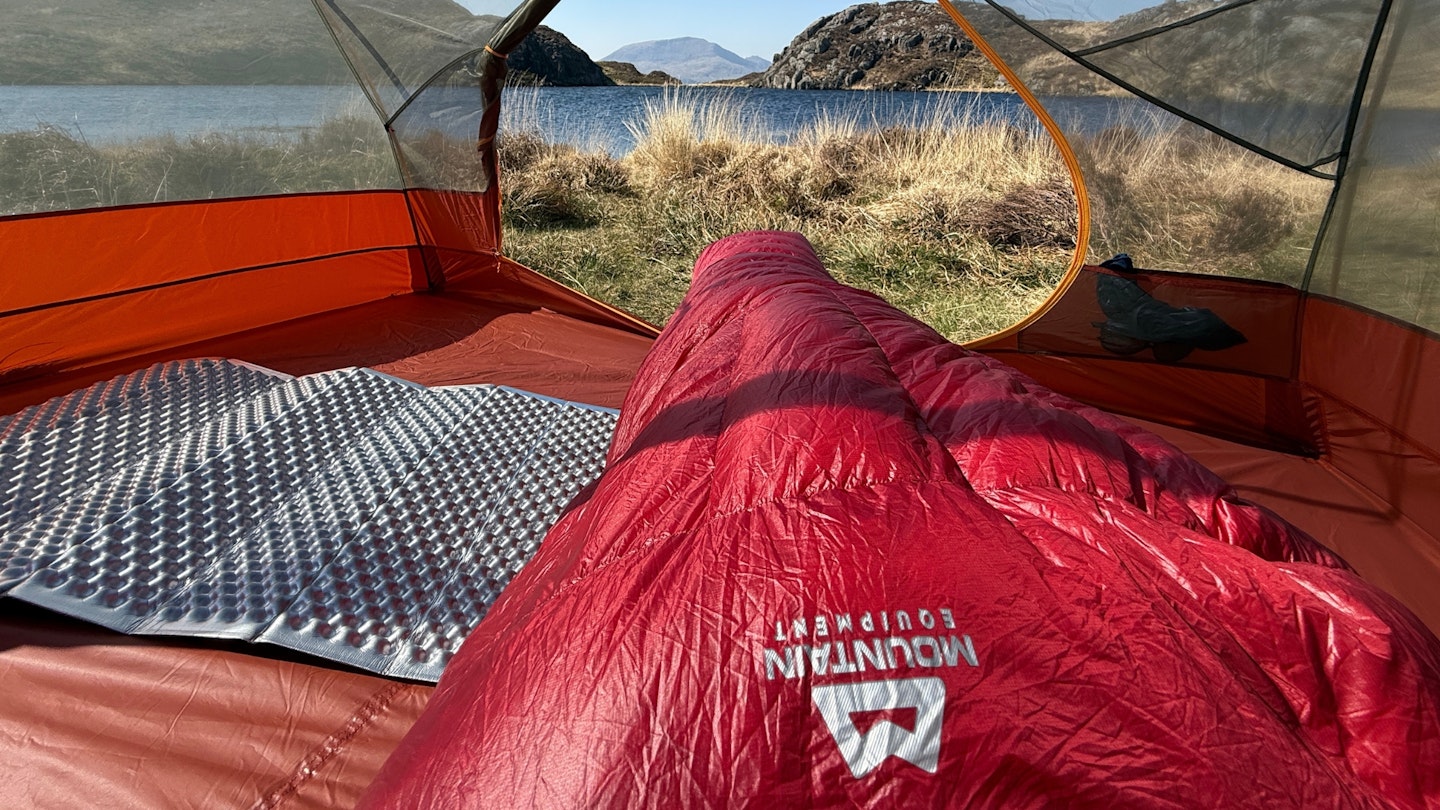
As that hefty price tag indicates, this is a truly top-tier three-season sleeping bag, making it a standout choice for serious mountaineers and ultralight backpackers. With EN/ISO temperature ratings of -2°C (comfort) and -8°C (limit), the Xenith III is a reliable bag for UK hill and mountain use from early spring to late autumn.
Although the lack of hydrophobic down is unusual at this level, the intelligent design and shell’s DWR coating compensates somewhat. Sustainability is a strong point too, with traceable down fill via the brand’s acclaimed Down Codex scheme.
However, at £550 ($679.95), it’s one of the most expensive options in its class, costing more than rivals like the Rab Neutrino 400, Sea to Summit Spark Pro and Therm-a-Rest Hyperion 20.
Temperature ratings
The Xenith III has a Mountain Equipment ‘Good Night’s Sleep’ temperature rating of -7° C, which is the brand’s own indication as to the minimum temperature that it feels the bag should be comfortable to for an experienced user.
In addition, the bag has an EN/ISO certified comfort rating of -2°C/28°F (defined as "the temperature at which a standard woman can expect to sleep comfortably in a relaxed position"). Meanwhile, the lower limit is -8°C/18°F (defined as "the temperature at which a standard man can sleep for eight hours in a curled-up position without waking and feeling cold").
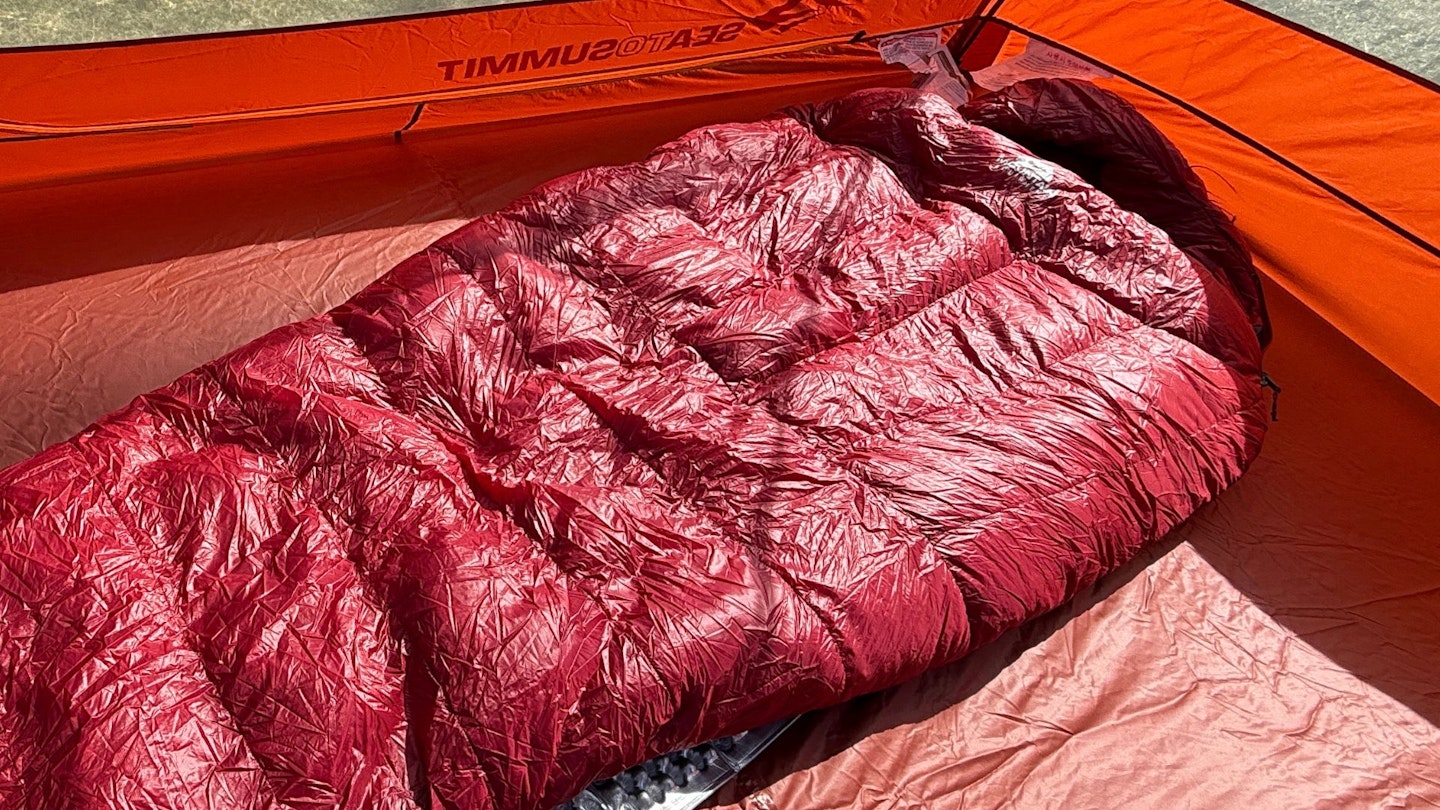
Either way, this is a proper three-season sleeping bag that should be suitable for use from early spring through to late autumn, and even into winter conditions provided overnight temperatures don’t drop significantly below zero. On test in the mountains of North Wales through March and April, when many of the highest summits were still frozen, the Xenith III proved a very cosy wild camping companion.
These temperature ratings are particularly impressive considering the extremely low 700g weight of the bag. Top performance, low weight, small pack size… what’s the catch? Well, you can probably guess. With a £550 price tag, this is one of the most expensive three-season bags around, even compared to other top-end competitors.
If you are looking for a cheaper option, then the Vango Cobra 400 (£275) is well worth considering. It uses lower grade 700FP down and is some 220g or so heavier but virtually matches the Xenith III in terms of temp ratings. There’s also the Alpkit Pipedream series, which are similarly good value lightweight down bags.
Insulation, fill power, and fill weight
The Xenith III is filled with 373g of very high-quality 900 fill power European goose down, which has a high down-to-feather ratio of 90/10.
Mountain Equipment does not use hydrophobic finishes on its down, pointing out that the best way to protect down fill from moisture is not to let it get wet in the first place – which starts with the outside of a sleeping bag. After all, a water repellent shell is a far better way of keeping something dry than simply coating what’s inside.
While that’s true, the brand is increasingly in the minority here. Virtually all other rivals have adopted hydrophobic treated down fill, and most also use finishes that are proven to be more effective (and for far longer) than untreated down.
The environmental impact of this is also now negligible, given the switch to PFC-free durable water repellent coatings. It does seem strange that Mountain Equipment doesn’t give you a bit of insurance against damp by treating the fill.
Pack size and weight
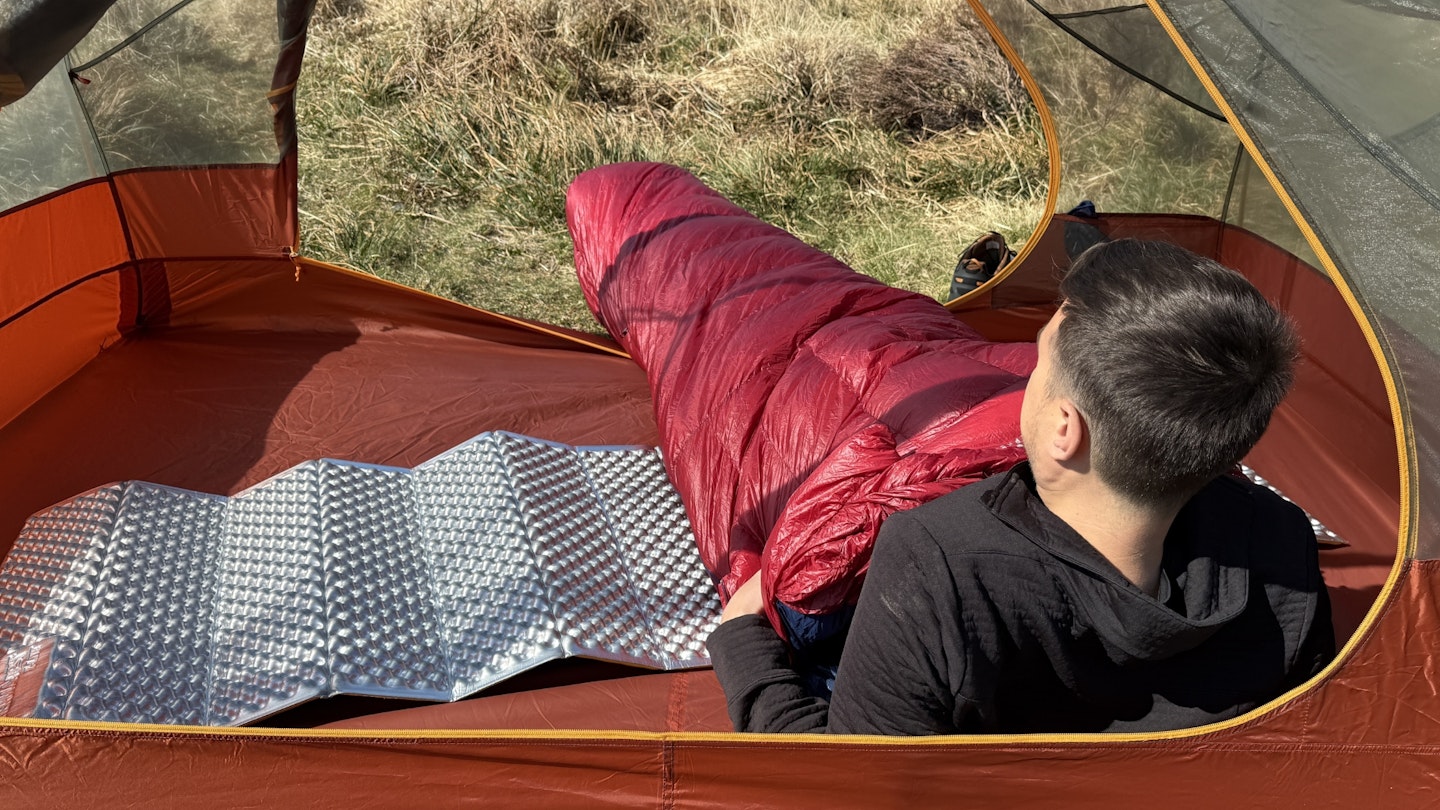
The bag comes in two lengths, regular or long, which are suitable for users up to 183cm (6ft) and 198cm (6ft 5in) tall respectively. As mentioned, the Xenith III tips the scales at 700g in the regular-sized version (the long length is fractionally heavier).
This is impressively lightweight for a -2°C comfort rating, giving this bag one of the best warmth-to-weight ratios around. In fact, it was the lightest bag overall in our 2025 three-season sleeping bags group test.
The Xenith III compresses down to a size of 25x16cm when packed inside the included rolltop bag. This is already decently small and packable, but with a compression stuff sack it would pack even smaller.
For storage at home, a much bigger fabric storage cube is provided. Using this cube is always a good idea, as it ensures you won’t ruin the insulation’s loft by storing the sleeping bag in a permanently compressed state.
Materials and sustainability
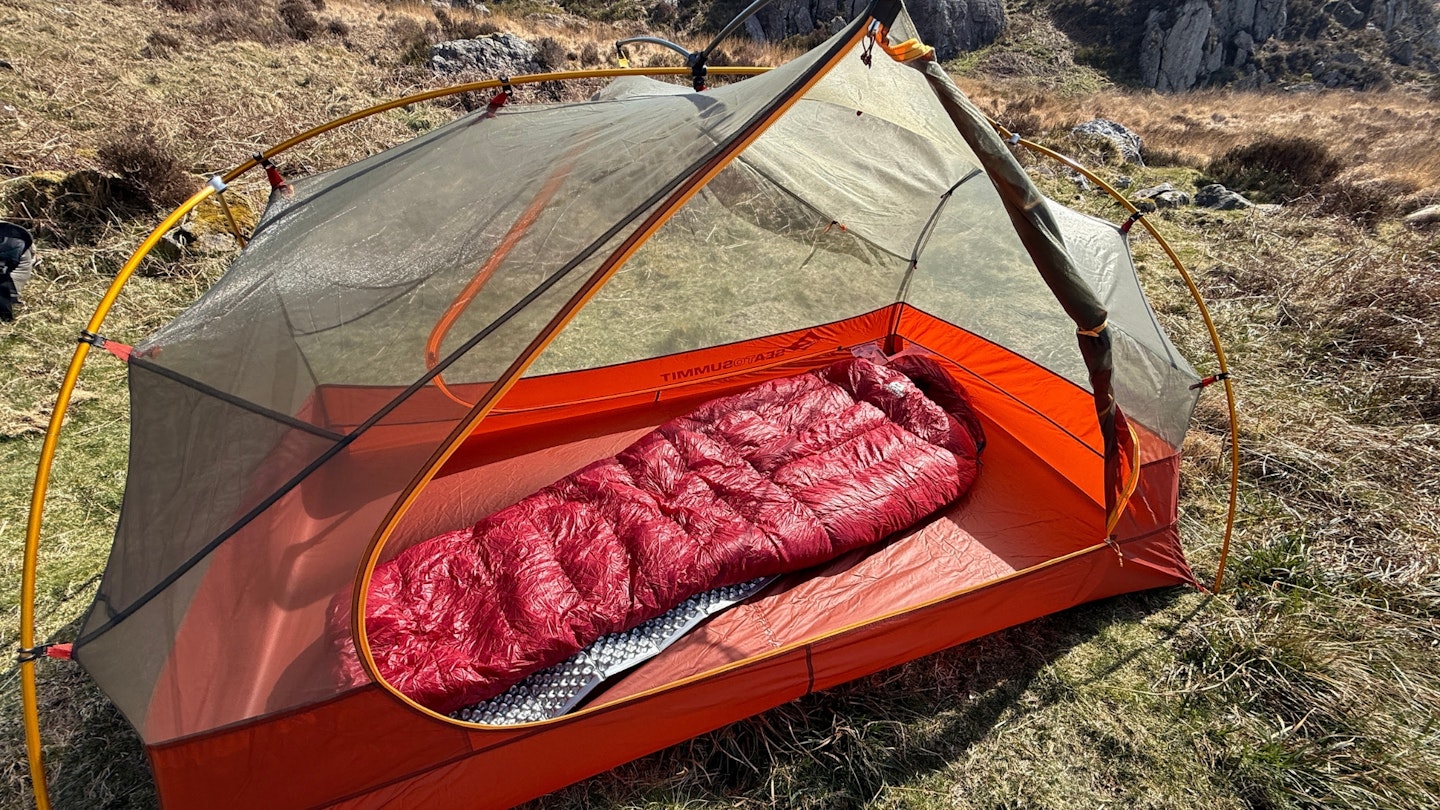
The Xenith III is filled with 900 fill power European Goose Down. Mountain Equipment has one of the most robust down certification schemes in the industry, having implemented its own Down Codex back in 2009.
This scheme considers environmental, ethical and animal welfare matters relating to down supply chains, using comprehensive and transparent auditing to ensure traceability and quality.
Practices such as live-plucking, force-feeding, and bill-trimming are eliminated from its down-production process. Each sleeping bag also has a unique ‘Trace My Down’ code, so consumers can access detailed information about the down used and its origins.
Meanwhile, the shell is made from 10-denier Plasma fabric, a superlight downproof ripstop nylon. The brand doesn’t say whether it is made from recycled fibres, but given that the same fabric used in the Oreus jacket and vest is 100% recycled and finished with a PFC-free durable water repellent treatment, we’d hope that the Xenith sleeping bags are the same.
Size and shape
The Xenith III is a mummy-style bag but the overall fit, while slightly tapered, is not as restrictive as many ultralight rivals. The regular version is suitable for users up to 185cm (6ft) tall, while the long version is suitable for people up to 200cm (6ft 6in) tall, and the shoulder and knee girths are also slightly more generous.
This is a definite plus for overall comfort. Of course, there are roomier three-season down bags out there – like the NEMO Disco 15, the Mammut Comfort -5 and the Thermarest Boost 650, for example – but few that offer the enviable warmth-to-weight of the Xenith series.
All in all, it strikes a great balance between performance, weight, pack size and comfort, with the emphasis on the more technical and demanding user.
Features
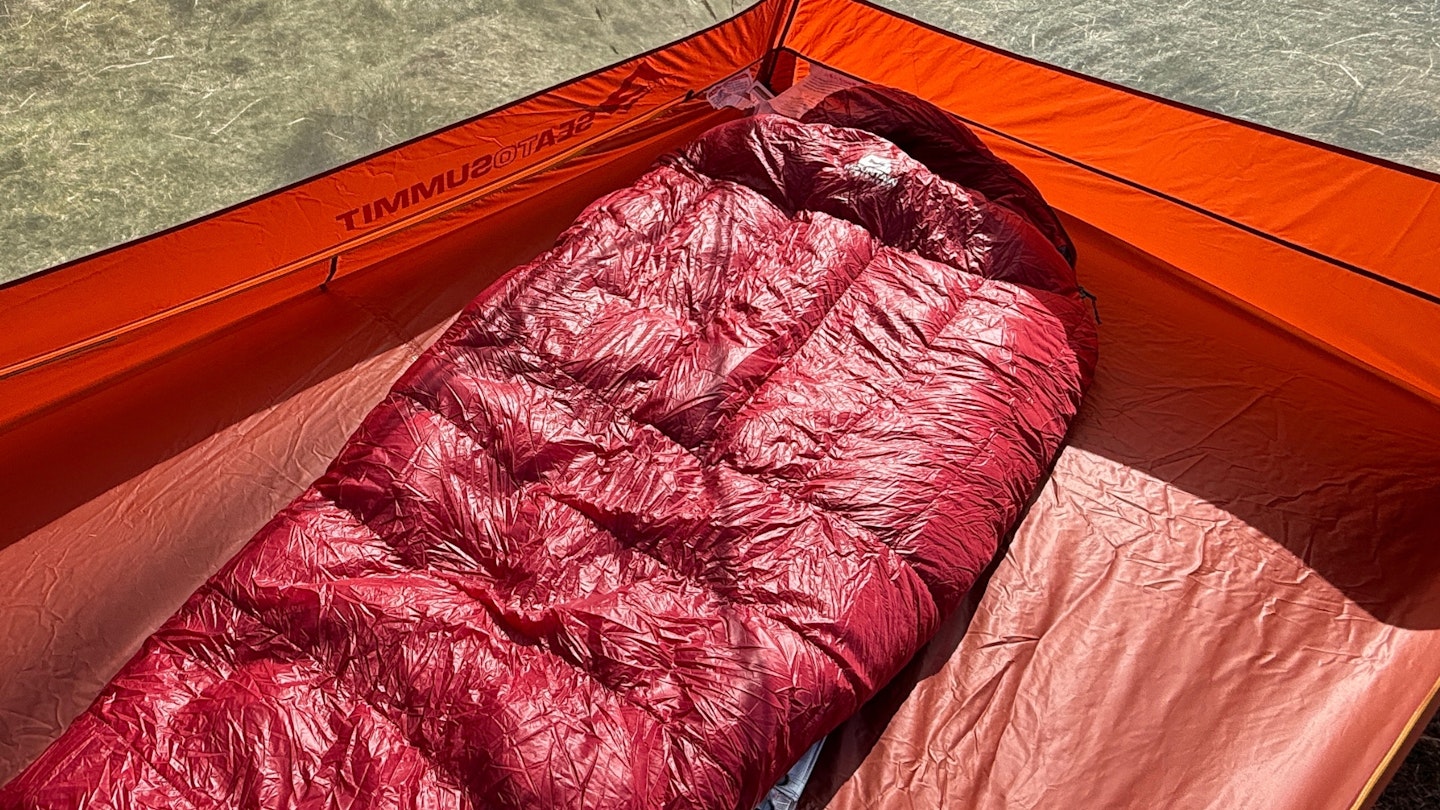
The bag is meticulously constructed, with a multi-panelled footbox and hood. The lower half and underside of the bag use lateral slanted or offset baffles, while the chest area features longitudinal box-wall baffles.
This is more advanced patterning than the standard stitch-through technique, meaning fewer cold spots and minimal down migration or clumping inside the baffles. The bag lofts beautifully, with a very cosy feel – as you’d expect given the very high fill power.
Up top, you get a chunky wraparound draught collar with an elasticated baffle and a secondary elastic drawcord to lock in maximum warmth. Another drawcord with split tether cords enables you to pull the hood in tight around the head with a single pull.
The bag also has an excellent two-way YKK zipper on the left side, which extends all the way down to the lower legs, leaving only the footbox enclosed. This is backed with a stiffened baffle to ensure it runs freely without snagging. A fabric garage ensures it sits softly against the chin when fully zipped up.
As well as being more functional than most rivals, which usually only feature half-length zips, this adds versatility across the seasons, giving better ventilation options on milder nights.
Verdict
In my opinion, the Mountain Equipment Xenith III is one of the best three-season sleeping bags you can buy. It delivers cosy warmth and comfort in an impressively lightweight package that is ideal for mountaineering and ultralight backpacking. The only real drawback is the high price tag.
Shop this product
About the author

Matt Jones is a freelance journalist based in the heart of Snowdonia National Park in North Wales, he’s a vastly experienced gear tester and self-confessed outdoor kit geek. Matt’s been one of our main gear testers for the last couple of years and is the first person we call with any complicated kit queries that need in-depth and forensic analysis.


